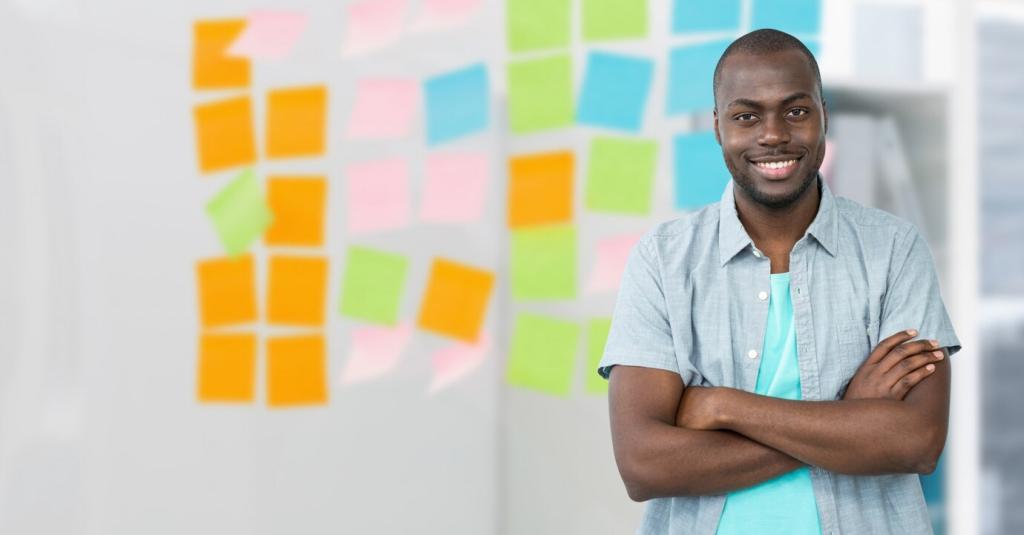Building Psychological Safety and Inclusion
Co-create three operational agreements: assume positive intent, one mic at a time, and critique ideas not people. Ask participants to add one personal boundary. Revisit agreements mid-session. This small ritual keeps the room brave, honest, and productively focused.
Building Psychological Safety and Inclusion
Offer materials in multiple formats, use high-contrast slides, and pace with caption-friendly speech. Provide quiet zones and optional cameras-off reflection. When access is designed in, participants can choose their best learning path without having to disclose personal needs.




